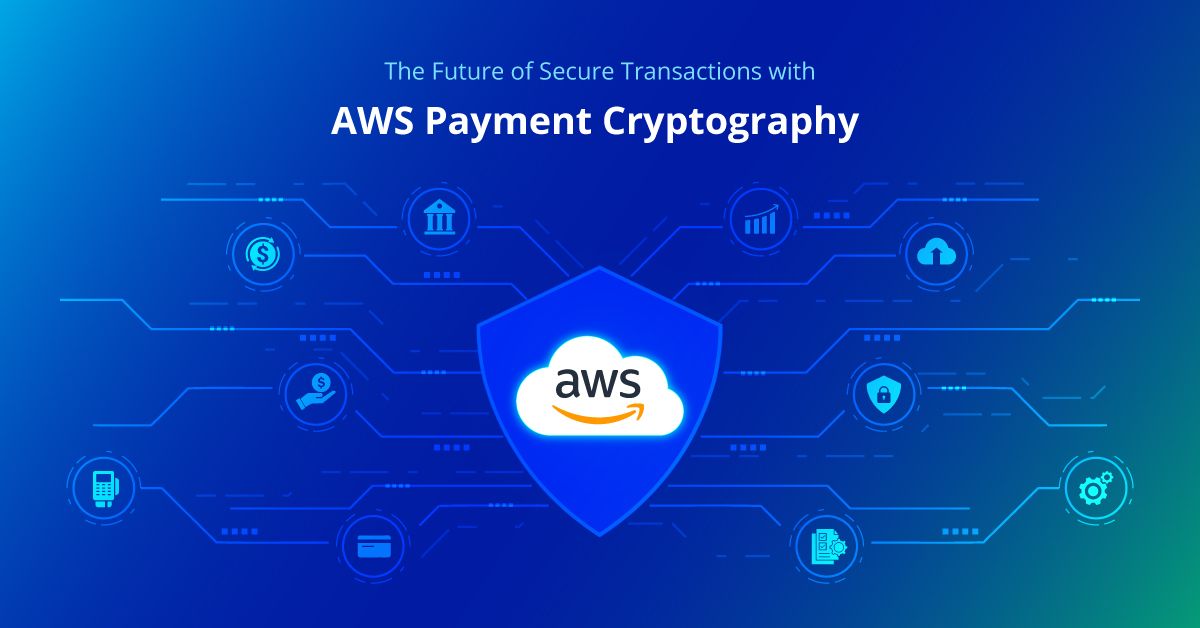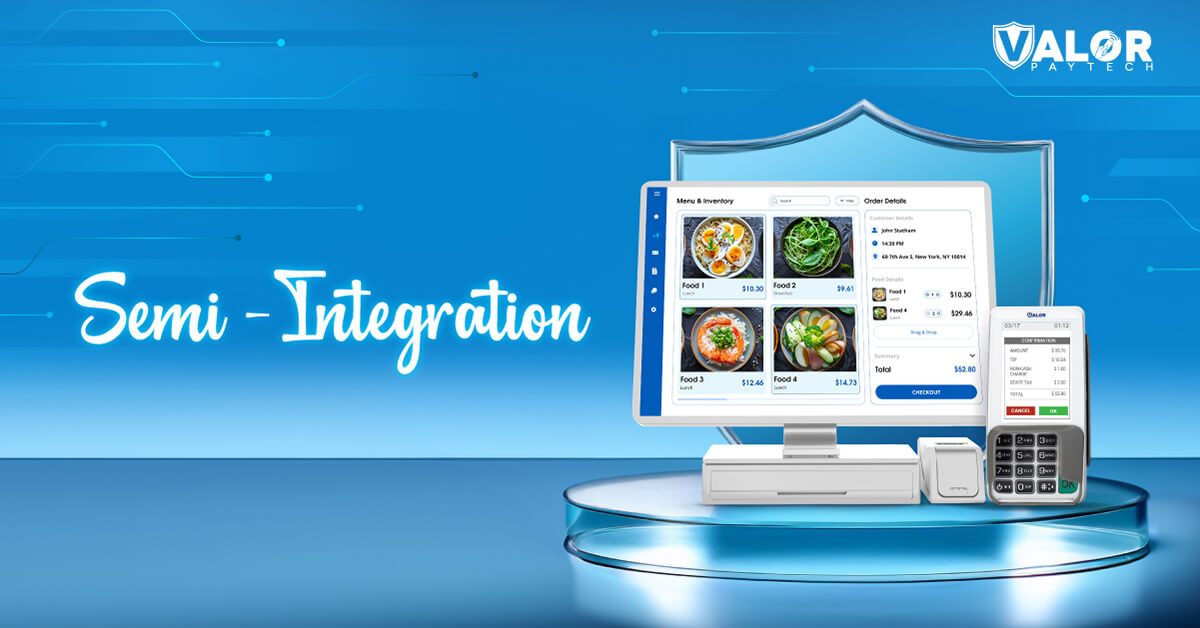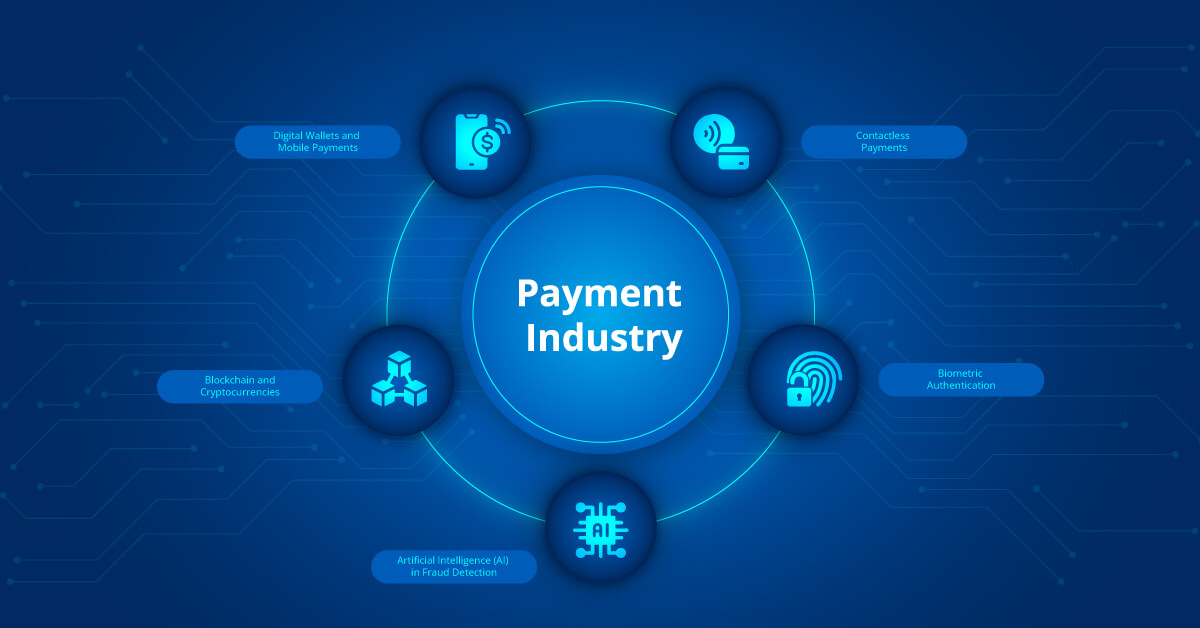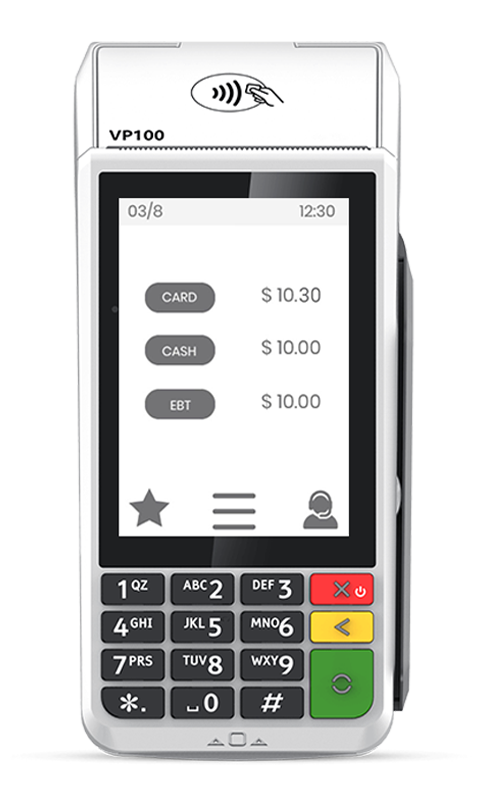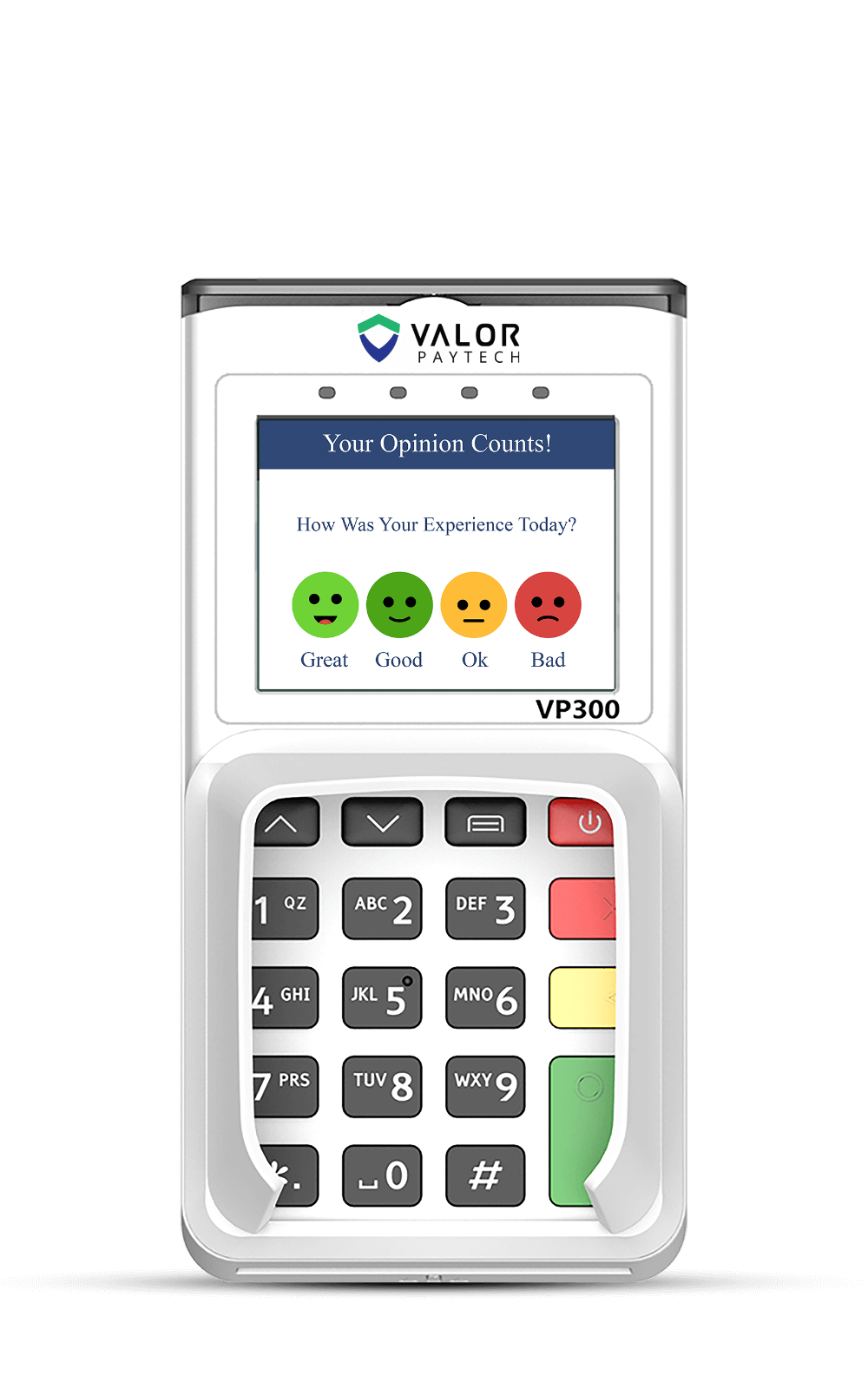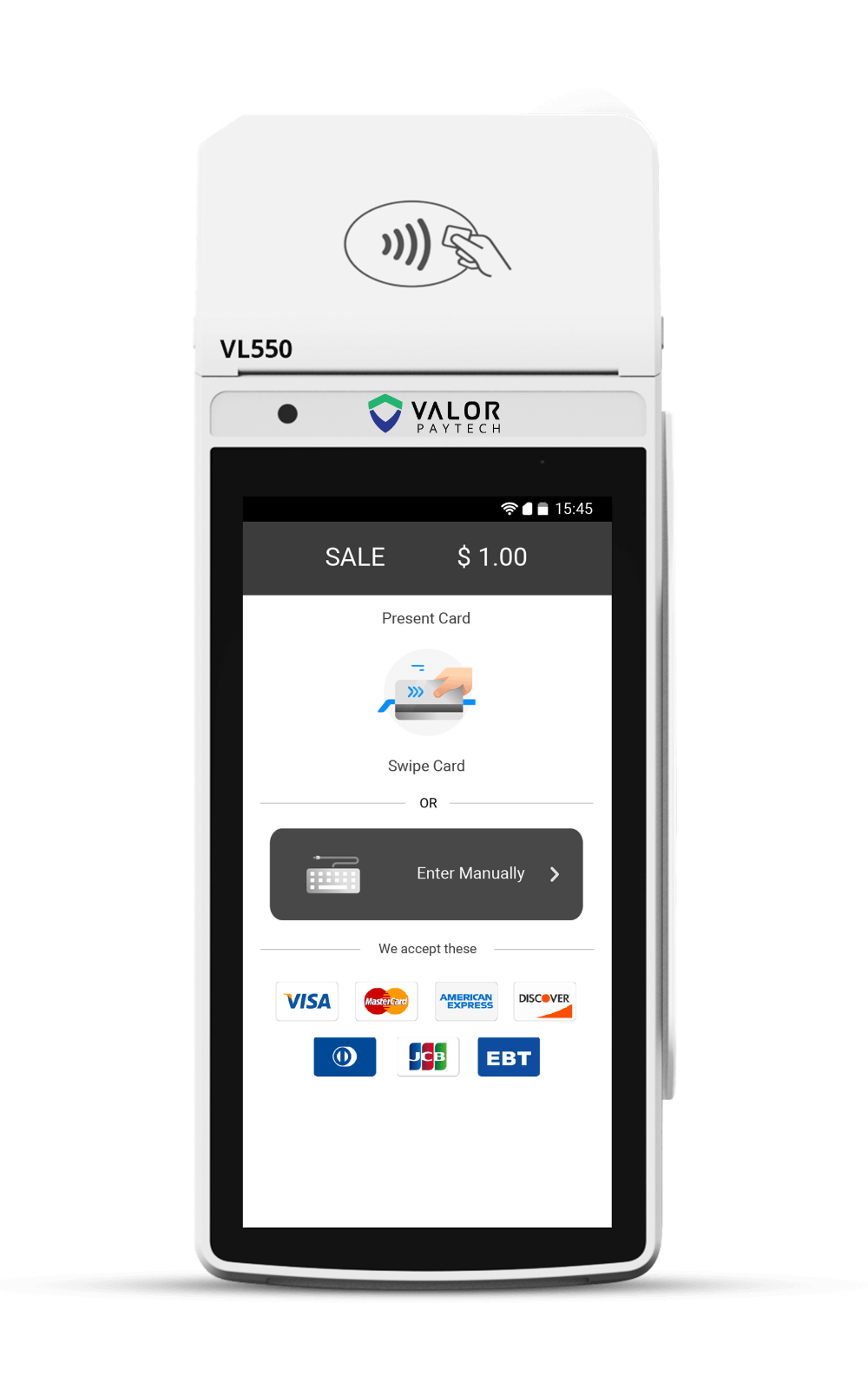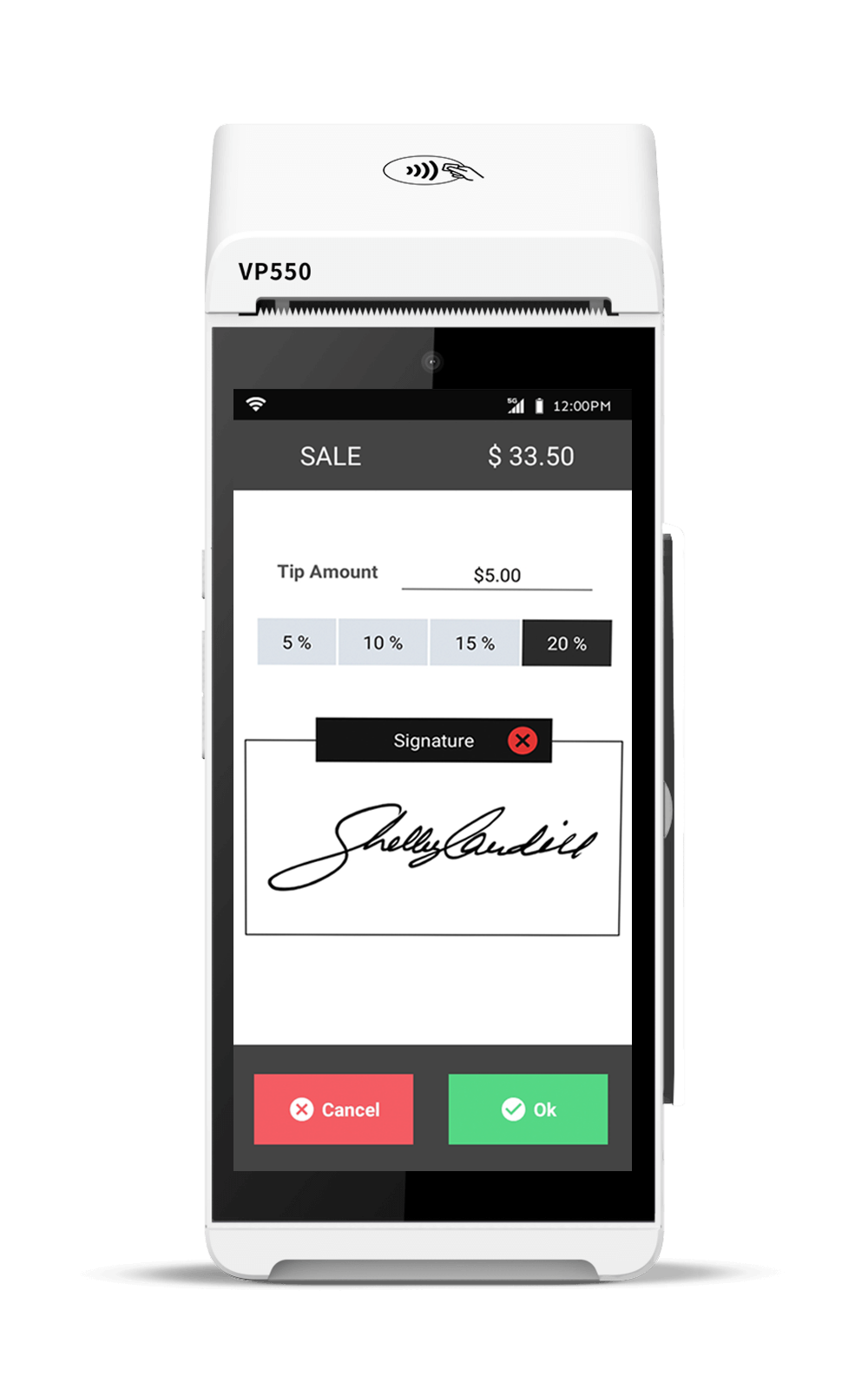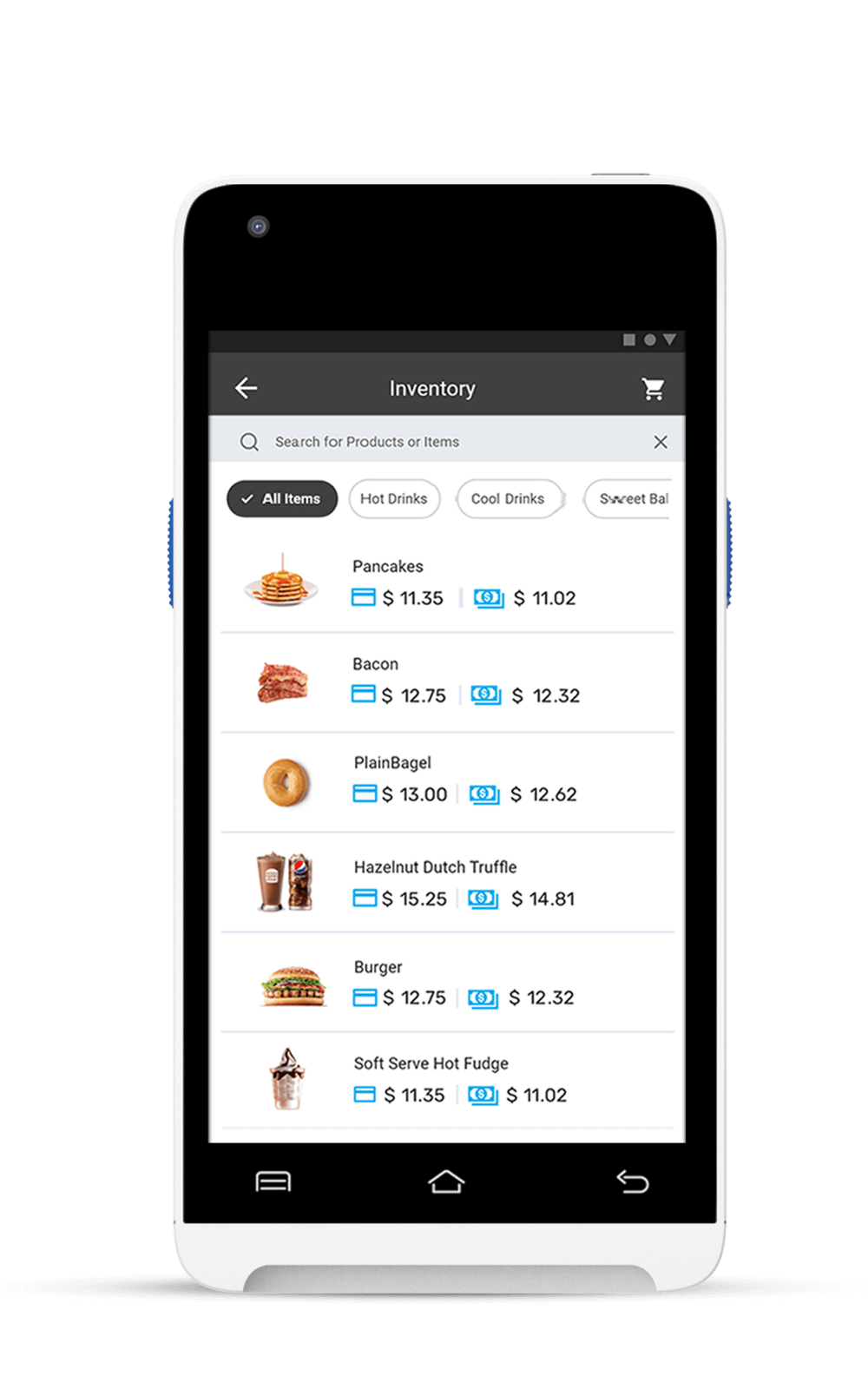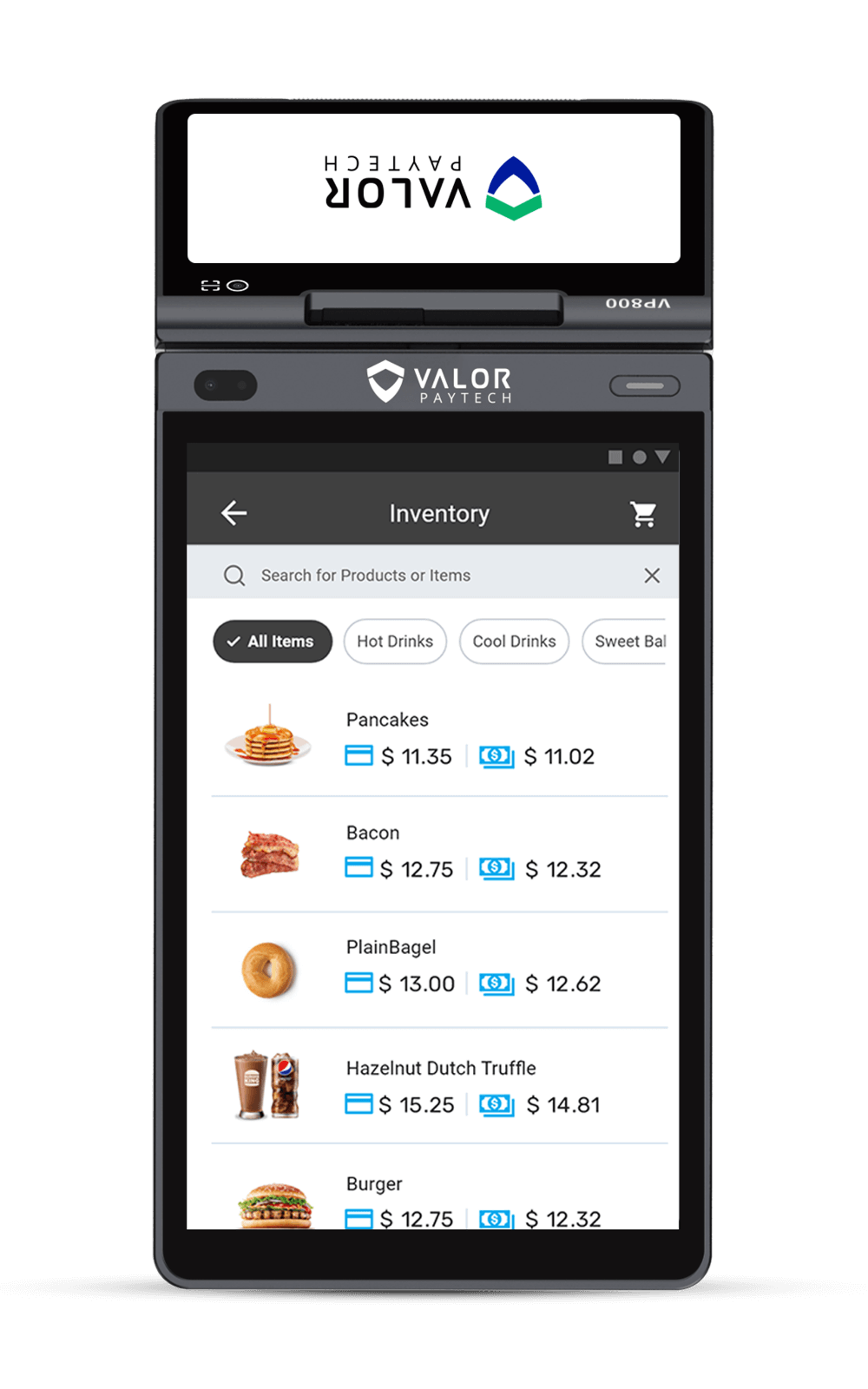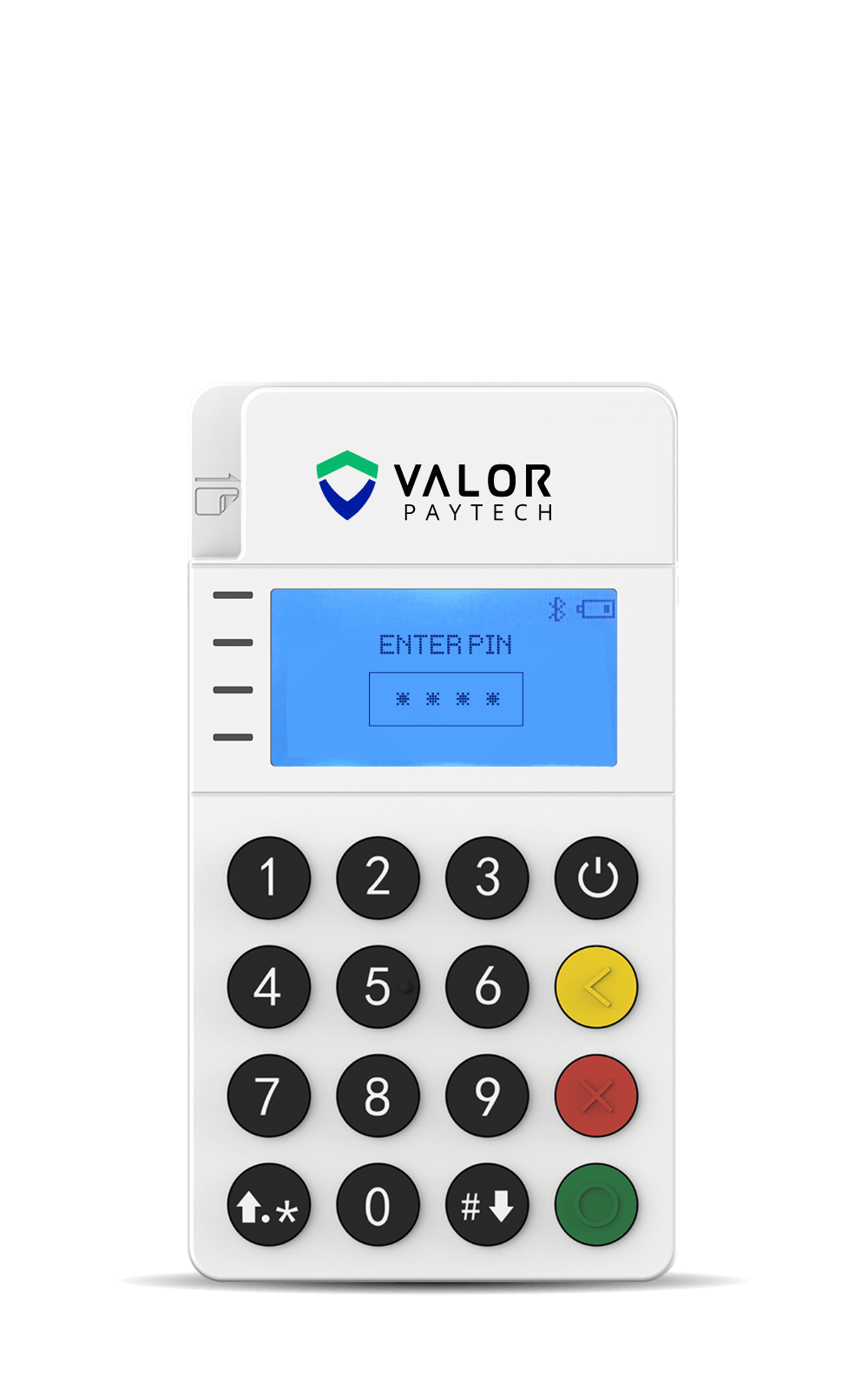Listen here:
The rise of the subscription economy is one of the most transformative trends in the modern business landscape. With its surge, an entire ecosystem centered around customer loyalty and steady revenue has emerged, reshaping how companies interact with their customers and how consumers access products and services.
The market has witnessed a rise in the demand for subscription-based services over the last few years. According to Zuora, the subscription economy has grown nearly six times, or more than 435%, over the last nine years. Even more amusing is that it is expected to grow even more by reaching a market size of $1.5 trillion by 2025. (Subscribed Institute, n.d.)
According to subscription service statistics and cost research, an average consumer spends $133 a month on subscriptions, which amounts to about $1,600 a year. If you think you don’t belong to this group, you might be one of the 42 percent of consumers currently paying for forgotten subscriptions they no longer use. (ERP Today, n.d.) In light of these remarkable statistics showcasing the continuous surge in the subscription economy, the undeniable repercussions of a change in consumer behavior due to recurring payments on the market landscape need the spotlight. As we navigate this dynamic environment, staying attuned to our audience’s evolving preferences and habits will be crucial for any business.
Recurring payments: The silent success catalyst
In the realm of commerce, ‘recurring payments’ and ‘subscription payments’ are like two peas in a pod, often used interchangeably. Subscription payments are when you subscribe to a product or service and are billed at regular intervals. The subscription financial model relies on ‘recurring payments’ as its cornerstone, providing a continuous river of revenue. Unlike traditional one-time transactions, recurring payments foster long-term relationships between businesses and their customers, creating a win-win scenario for stakeholders. In essence, recurring payments transform the transactional landscape, simplifying the billing process and fostering lasting connections between businesses and their clientele.
Ever wondered how recurring payments work? It’s a straightforward process that begins with a customer providing their billing information once. Once that’s in place, payments follow a schedule agreed upon by the customer and the business. Here’s the magic: Businesses secure authorization from customers to automatically bill them and withdraw funds from their account on a prearranged schedule, typically monthly. For businesses looking to accept recurring payments, selecting the best recurring payment system is vital for operational efficiency and customer satisfaction. It can be the secret ingredient, yet essential, to their formula for financial success and stability.
Unlocking success: Explore the impact of key business benefits on your growth!
1. Predictable revenue streams & consistent cash flow
According to a 2023 recurring payments market analysis report by Fact.MR, the global value of recurring payments in 2022 reached 130.2 billion US dollars. Projections for 2023–2033 indicate a robust 6.9% growth, with the market expected to hit 268.7 billion US dollars. Notably, revenue from subscription-based businesses is projected to be a significant driver, growing at a CAGR of over 5.4% during the same period. (Recurring Payments Market by Fact.MR, n.d.) In light of the current landscape, it is crucial for businesses to prioritize revenue forecasting and strategically plan for future cash flow and financial stability. To achieve that, you should pose a few essential questions.

You want more revenue, but what good is it if it isn’t predictable? Recurring payments regulate and predict cash flow, providing businesses with greater financial control and foresight. What does this mean for your business? Recurring payments provide a consistent revenue stream and pave the way for better financial planning and stability. Recurring revenue constitutes the segment of a company’s income that is anticipated in the future. In contrast to sporadic sales, these revenues are foreseeable, steady, and reliably occur at regular intervals with a commendable level of certainty. (Boyle, n.d.) Recurring revenue is critical in revenue prediction and maintaining the cash flow. Ultimately, it all boils down to three words: people, product, and profits. Recurring payments are crucial for people buying your products and ensuring consistent profits. It’s the key to unlocking sustained success and consistent cash flow.
2. Improved customer retention & lifetime value
Subscription models foster customer loyalty, as users are less inclined to switch to competitors when they have already established an ongoing relationship with a brand. Recurring payments serve as a contemporary social artifact that is hard to escape. It’s similar to scrolling through reels, where you intend to stop but find yourself effortlessly continuing. It’s as straightforward as Newton’s first law of motion, as objects tend to remain in their current state.
According to the 2018 report by Zuora SEI, a staggering 70 percent of companies’ revenue is generated after customers become subscribers. This revenue surge originates from events like upselling and cross-selling rather than just the initial sign-up. Businesses can greatly extend the average customer-business relationship by implementing subscription models with recurring payments. Not only does this boost revenue, but it also exponentially increases customer lifetime value compared to traditional one-time transaction models. In contrast to the outdated pyramid model, where the bulk of revenue was generated at the beginning of the relationship and gradually declined over time, the subscription economy has flipped that on its head. (Subscription Economy Growth: Focus on People, Not Product, n.d.)
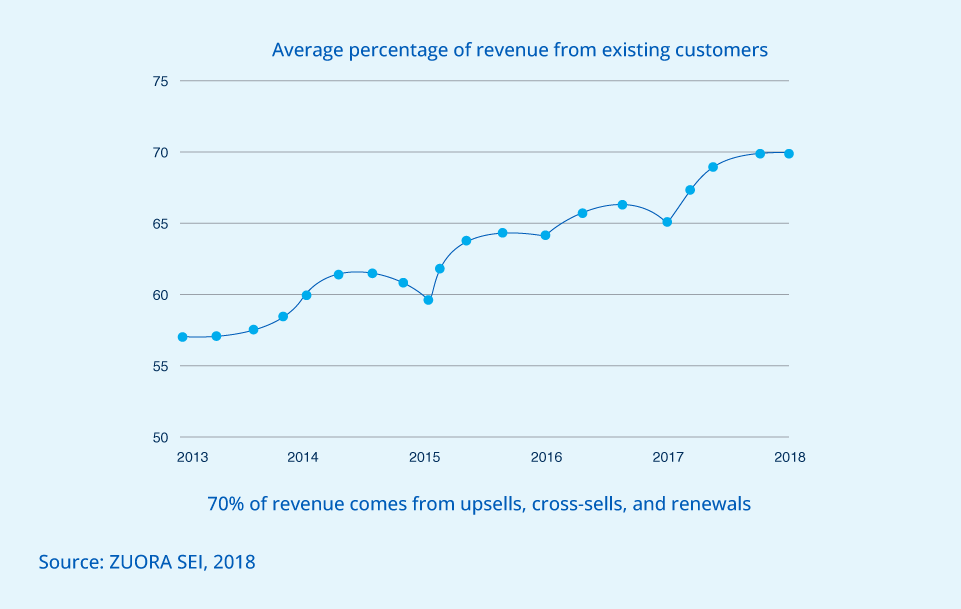
Subscription services foster customer loyalty by continually updating product features, delivering ongoing value, and maintaining engagement. This approach cultivates a default audience that generates recurring revenue while creating strong brand advocates. Achieving this entails leveraging upsells, cross-sells, and renewals, making recurring payments crucial to sustained success. With products like Valor Updater, merchants can ensure that card payments for upsells, cross-sells, and renewals occur without hiccups. Reduce declined transactions with Valor Updater, the dynamic tool that ensures your payment cards are always up-to-date.
3. Automating payments with enhanced convenience for businesses & customers
Recurring payments provide convenience for customers by automating the payment process. Customers don’t need to remember payment due dates or manually initiate transactions each time. Payments are automatically deducted from their chosen payment method, saving time and effort. The automated payment process saves time and effort and contributes to a secure and streamlined financial ecosystem, setting the stage for enhanced customer satisfaction and operational excellence. With a centralized repository capturing all customer payments, businesses enhance clarity and simplify financial tracking. This organized approach facilitates smoother operations and provides a comprehensive overview of financial transactions. The Vault powered by Valor makes transactions more accessible and secure for merchants by providing a safe and compliant way to store and access customer card information.
As we automate the process, storing all the customer card and account information becomes pivotal. Exclusive features like Valor Shield provide an essential level of transaction security, helping to prevent problematic transactions. The convenience offered by recurring payments is a significant boon for customers. By automating the payment process, individuals are relieved of remembering due dates or initiating transactions manually. Payments are effortlessly deducted from their chosen payment method, saving time and effort.
By adopting this subscription model, businesses unlock a trove of invaluable insights into customer preferences, usage patterns, and feedback. This not only streamlines the payment process but also cultivates a profound understanding of the target audience. With features such as Engage My Customer™, we can create flexible and personalized marketing campaigns. In essence, the convenience of recurring payments is a win for customers and a strategic advantage for businesses.
Challenges and solutions
Yet, it’s not all smooth sailing. Recurring payments come with challenges that must be tackled.
1. Addressing customer concerns about recurring payments
Navigating customer concerns in the current subscription-driven economy poses a significant challenge. Effectively addressing apprehensions about recurring payments requires a multifaceted approach encompassing transparency in payment terms, user-friendly cancellation options, clear information dissemination, and robust customer support. Transparency in payment terms and easy, intuitive cancellation options can alleviate customer concerns about recurring charges. Striking this balance is crucial for building trust and loyalty in an environment where subscription-based models are increasingly prevalent.
2. Balancing transparency and control in customer interactions
3. Handling subscription fatigue
Mitigating subscription fatigue is a prominent challenge in today’s subscription-driven economy. As customers increasingly contend with a plethora of subscription services, addressing concerns related to overload and fatigue becomes crucial. Businesses must focus on delivering unique value propositions, personalized experiences, and flexible subscription options to alleviate customer fatigue. The two critical keys to preventing customer burnout and cancellation are offering tailored experiences and continually evaluating and improving the value proposition. Additionally, implementing user-friendly cancellation processes and periodic surveys contribute to a more sustainable and satisfying subscription model, ensuring that businesses remain resilient in the face of subscription fatigue challenges.
Conclusion
The dynamics of recurring payments create a win-win scenario, driving growth in the subscription economy and presenting a future ripe with innovation and expansion. As businesses lean into these models and capitalize on the tools and systems available—like those offered by Valor PayTech, including the recurring payments feature and Valor Updater—they can secure enduring, beneficial relationships with customers that stand the test of time.
And for companies yet to transition, the question of “when?” has become less pertinent than “how soon can we start?” because the longer you wait, the more you risk falling behind in a market where subscription services are swiftly becoming the norm.
Are you intrigued by the promise of the subscription economy? Curious about how recurring payments could uplift your business? Visit Valor PayTech for more information, and don’t forget to check out our resources, including instructional videos on our YouTube channel, which can offer further enlightenment and guidance.
Now we turn to you: How will you redefine your business to thrive in the subscription economy? Are there any particular topics you’d like us to tackle in future blog posts? Comment below, share your thoughts, and let this be a collaborative journey into a promising economic future.
Ready to partner with Valor PayTech?
Become a Partner Today!
Complete the form below.
References
Boyle, M. J. (n.d.). Recurring Revenue: Types and Considerations. Investopedia. Retrieved January 11, 2024, from https://www.investopedia.com/terms/r/recurringrevenue.asp
ERP Today. (n.d.). The rise of subscription economy: a win-win for consumers and businesses. ERP Today. Retrieved January 8, 2024, from https://erp.today/the-rise-of-subscription-economy-a-win-win-for-consumers-and-businesses/
Rao, H., & Gaiman, N. (2020, January 2). The Fingerhold of Recurring Payments in India. Razorpay. Retrieved January 9, 2024, from https://razorpay.com/blog/recurring-payments-subscriptions-trends-data-india/
Recurring Payments Market by Fact.MR. (n.d.). Recurring Payments Market Size, Key Players & Growth Forecast 2033. Fact.MR. Retrieved January 9, 2024, from https://www.factmr.com/report/recurring-payments-market
Subscribed Institute. (n.d.). The Subscription Economy Index TM. AMIC. Retrieved January 8, 2024, from https://www.amic.media/media/files/file_352_2844.pdf
Subscription economy growth: Focus on people, not product. (n.d.). Paddle. Retrieved January 11, 2024, from https://www.paddle.com/resources/subscription-economy
What is a subscription revenue model and how does it work? (n.d.). Paddle. Retrieved January 11, 2024, from https://www.paddle.com/resources/subscription-revenue-model
Zuora Subscription Economy Index Finds Subscription Businesses Have Grown 4.6x Faster Than the S&P 500 in the Last Decade, Enduring Beyond Pandemic Surge. (2022, February 16). Zuora. Retrieved January 12, 2024, from https://www.zuora.com/press-release/zuora-subscription-economy-index-finds-subscription-businesses-have-grown-4-6x-faster-than-the-sp-500-in-the-last-decade-enduring-beyond-pandemic-surge/




